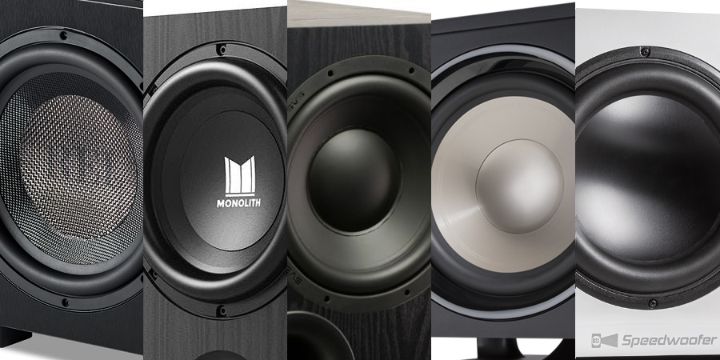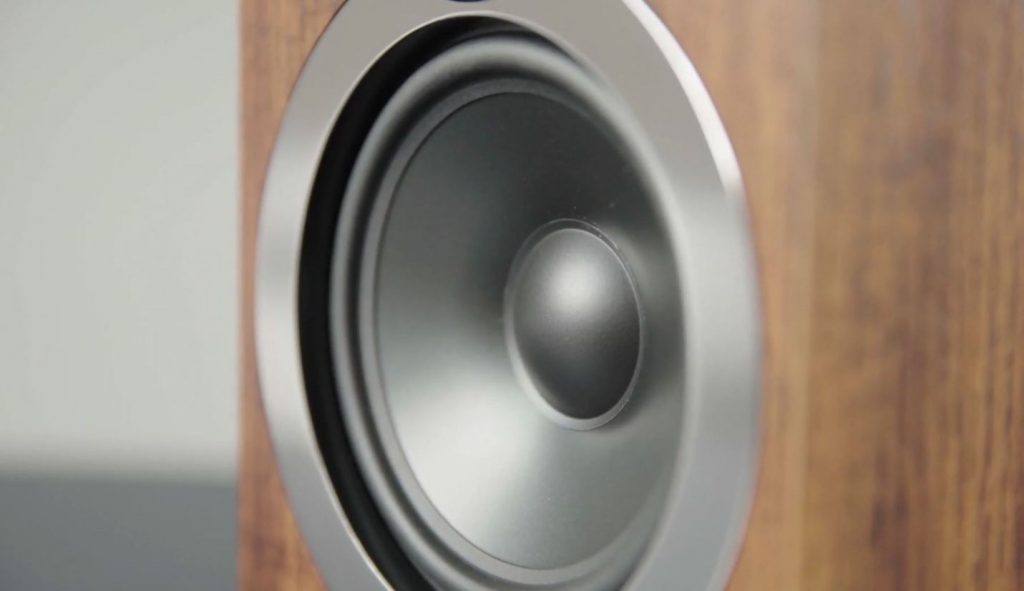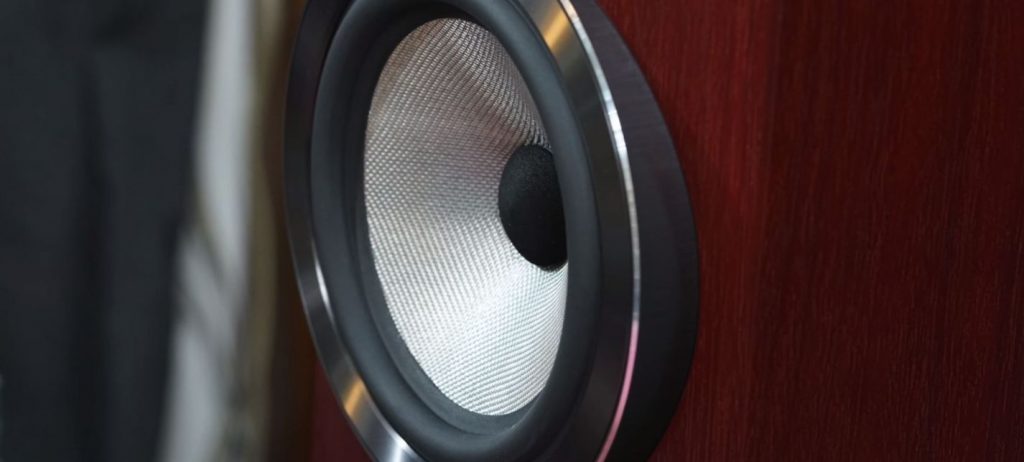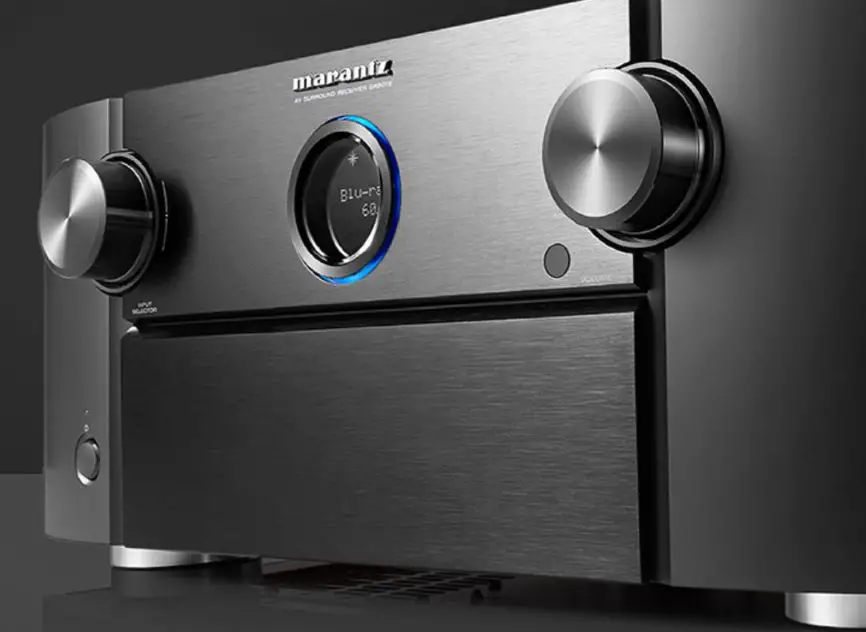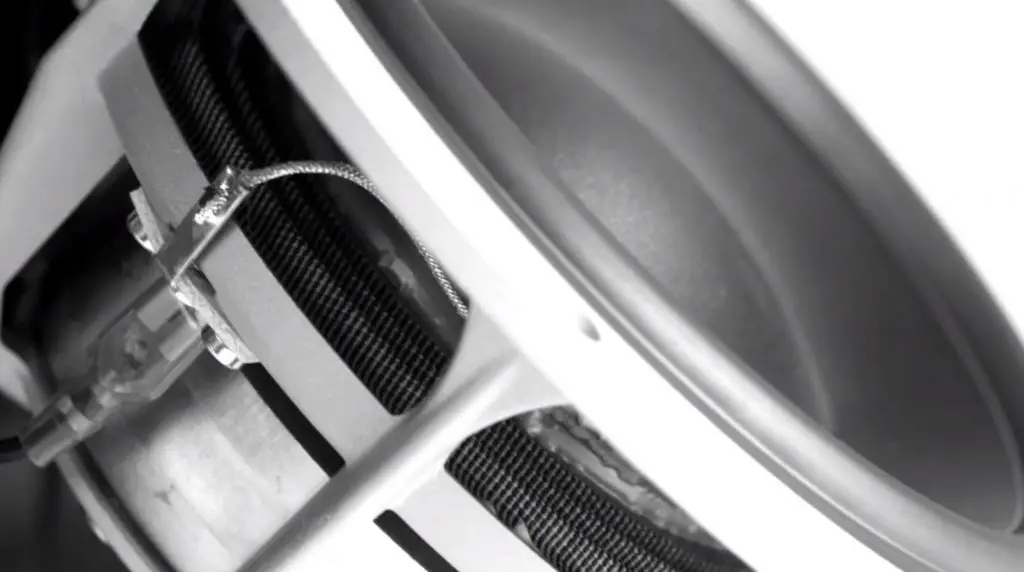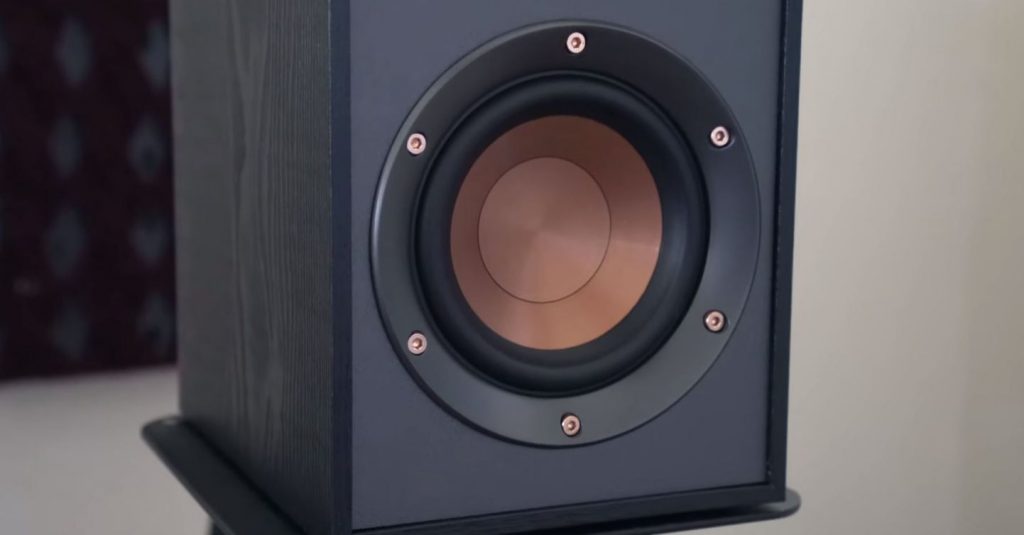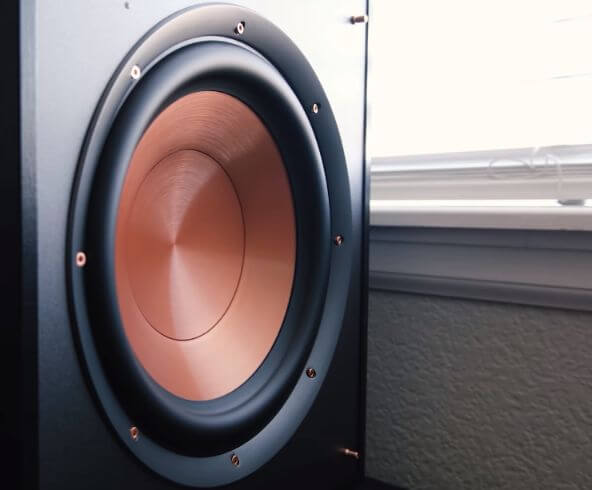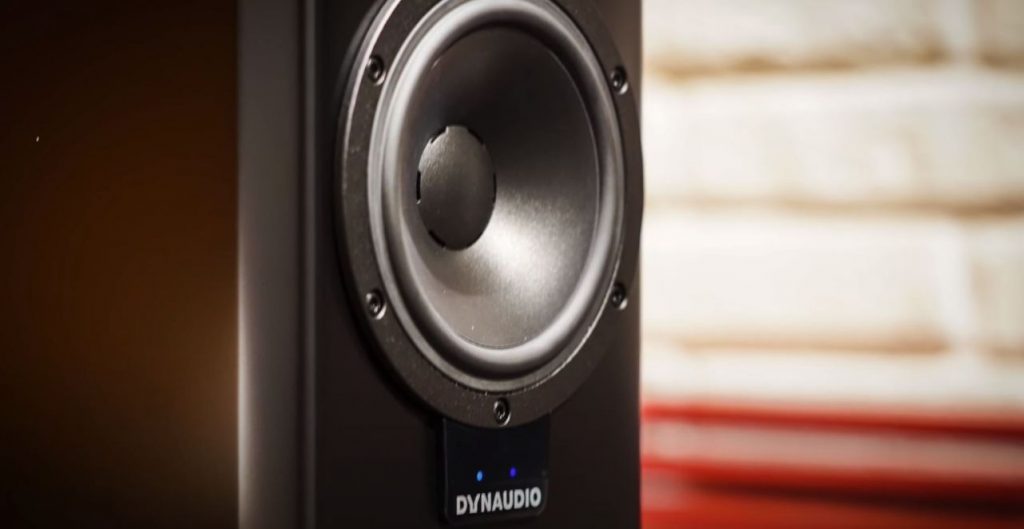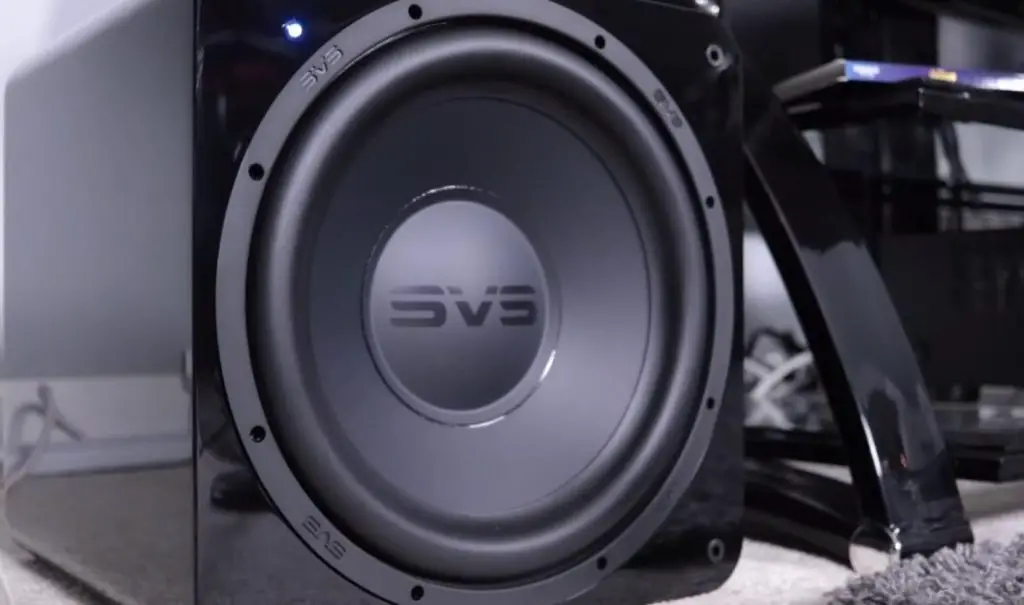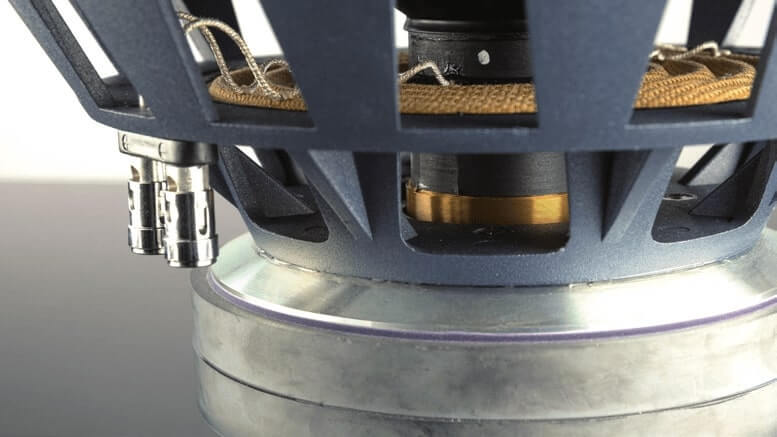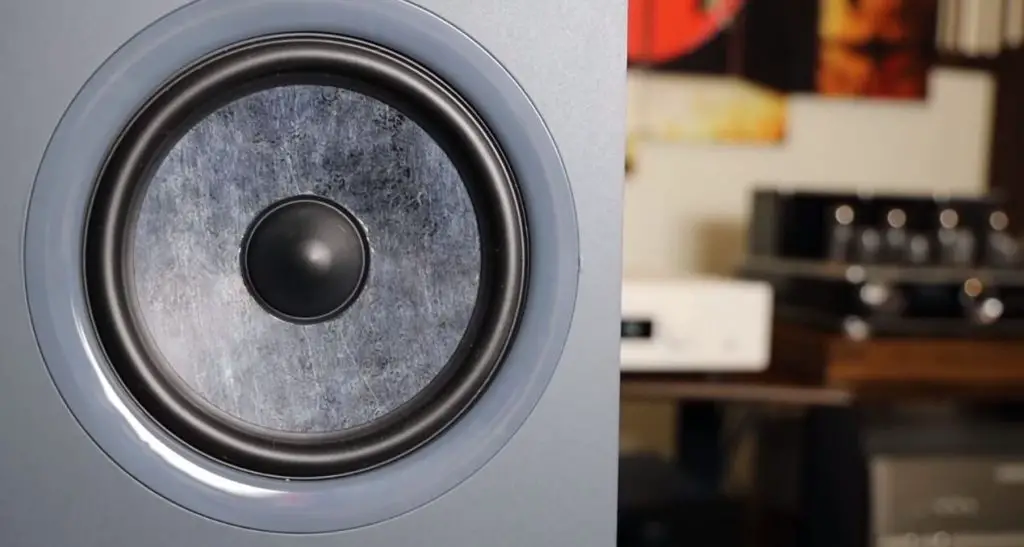Understanding Speaker Impedance and Why You Should Care
Speaker impedance is a measure of the amount of opposition to current flow in an electric circuit. The speaker impedance is usually measured in ohms, and it’s essential for amplifiers, AV receivers, or speakers connected to each other because mismatched impedance will cause distortion.
It’s probably easiest to understand speaker impedance if you compare it to water pressure. For example, if you have two garden hoses hooked up at opposite ends of your house, one with a higher-pressure rating than the other, then connecting them would be like trying to get more water out through the lower-pressure hose than what was originally there, which makes things complicated and results in decreased water pressure overall.
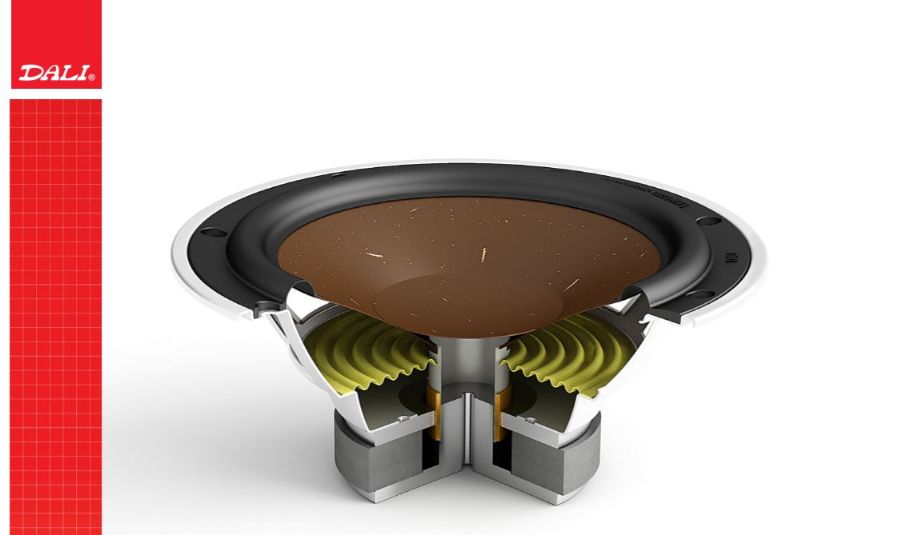
To combat speaker impedance, speaker manufacturers have designed speaker wires with different materials and sizes that are meant to match up more easily with the speaker output on your receiver.
Some of these speaker wires are made with copper or silver coils wound around an aluminized steel core. Others are made by wrapping two strands of thinner wire together and then building a bigger muscled wire around them, which helps to counteract any speaker distortion because the speaker itself doesn’t have to work as hard.
What’s the Difference Between Resistance and Impedance?
Resistance is the flow of electrons across a resistor. The producer creates a potential difference. If there were no resistance, the current would go straight through the circuit with no impediment to its flow, and it would have no limitations on how fast it could go and in what direction.
Resistance causes an increased voltage drop across the resistor, changing the amount of power that is dissipated in the resistor. In addition, the flow of electrons becomes more complicated when you introduce inductors into your circuit since they oppose electron flow by converting kinetic energy into a magnetic field—this produces magnetizing currents that decrease current levels over time.
This magnetizing effect provides an analogy for how exercise makes your muscles more substantial because, without this dissipation process, magnets would maintain their magnetic field indefinitely.
The term “impedance” is often used synonymously with the term “resistance.” It is the measure of a component’s opposition to alternating current.
If AC power is going through an unconnected circuit, it encounters this resistance and becomes less powerful. Impedances are measured in ohms, kOhms, or MOhms (for mega-ohms), and they are usually connected in series or parallel to increase/decrease their effect on something.
Why does speaker impedance matter?
For speaker impedance to be a problem, the speaker must be mismatched with the amplifier. For example, if an amplifier is designed for 8-ohm speaker loads, it will only produce its maximum power. If less-than-ideal speaker impedances are connected, the speaker’s efficiency will be lowered, and distortion may occur in the speaker itself.
A speaker that is of low load impedance (less than 4 ohms) but connected to an amplifier that can only handle high-impedance speaker loads (more than 8 or 16 ohms) puts more stress on the speaker because it works harder than usual when trying to push out music signals through these higher impedance boundaries.
The speaker, in this case, “works harder” by creating more heat in an attempt to produce sound. This extra amount of heat created because of speaker impedance differences can damage the speaker itself and may even result in speaker failure if it becomes too hot. Speaker impedance problems are able to be avoided with attention to detail.
Speaker Impedance and Amplifier Requirements
The speaker’s impedance is an important factor that comes into play when you’re looking to hook your receiver up to either a pair of speakers or an array speaker system.
If you have a speaker system with four 8-ohm speakers, it would be wise to match this speaker configuration with a receiver with speaker output ratings set at eight ohms. This way, if one speaker malfunctions and starts drawing more power than the others can handle, the amplifier will not blow out right along with it.
When matching up speaker impedance, your best bet is either going for an amplifier that allows you to adjust speaker impedance or buying a receiver that already matches the speaker’s impedance level. For example, if you purchase high-performance speaker wires with a speaker impedance rating of 4 ohms, you will need to purchase speaker wire caps that can be connected at each speaker end and keep the impedance to a 4-ohm speaker level.
Is higher impedance better for speakers?
Higher speaker impedances do not intrinsically provide better speaker quality, as they are designed to punch the speaker cone through heavier air, which can create more distortion.
Lower speaker impedances in amplifiers require less power from an amplifier. Still, because most amplifiers will sound best at lower impedance loads, a speaker rated for higher impedance may be out of tune.
High-impedance speakers (above 8 ohms) work best when partnered with high-impedance amplifiers (above 8 ohms). Similarly, a low-impedance speaker (<4 ohms) pairs well with a low-impedance amplifier (below 4 ohms).
What happens if speaker impedance is too low or too high?
Speaker distortion can occur if speaker impedance is too low because an amplifier’s output voltage will be dropped as it tries to push the speaker cone through too much air. In addition, the speaker creates a lot of heat by “working very hard” in this scenario, damaging its overall quality and cause perhaps even speaker failure.
On the other hand, if speaker impedance is too high, an amplifier’s power may not drive the speaker at all (although this speaker should still work fine with other amplifiers). This situation occurs when your speaker requires an 8-ohm impedance, but you connect it to a 4-ohm rated amplifier. As a result, your speaker may not ever give off any sound, and if so, then you’ll want to find out why there is a speaker impedance problem.
How is speaker impedance measured?
Speaker impedance is measured in speaker ohms (Ω). Thus, speaker impedance is a speaker’s opposition to current flow.
While speaker impedances are most often rated at 2-ohm, 4-ohm, or 8-ohm loads, they can vary between 6Ω and 32Ω for an individual speaker. In addition, the values of speaker impedances listed on the back of speaker boxes usually do not include a decimal point, which may be misleading to an unknowing consumer. For example, a speaker with an “8 ohm” rating operates best in systems with eight full ohms present.
Speaker ratings can range from as low as 1Ω to over 20Ω, depending on the size and shape of the speaker components.
How to calculate speaker impedance speaker?
Impedance measures the amount of opposition to current flow in an electric circuit, and it’s usually measured in ohms; 1 ohm equals 1 volt of voltage per amp of current flow.
So, suppose you could measure the amount of power drawn at the speaker wires (and you did this without changing any speakers) then by knowing how much current was being used throughout the whole circuit. In that case, you can quickly figure out how much resistance there was, which would give you speaker impedance.
Can speaker impedance be changed?
Speaker impedance can be changed only if speaker components are replaced. Speaker impedances are usually manufactured to meet a certain efficiency standard, and speaker resistance values cannot be altered if the speaker’s rated intention is to remain unaltered.
While speaker components such as speaker cones and speaker wires can be easily swapped without altering speaker impedance, it will change the overall sound quality by adding unwanted distortion or lowering the speaker’s sound.
This degradation would not be noticeable for most audiophiles because they seek more base-heavy sounds. Still, this process may eliminate the necessary quality in their speakers’ production for music lovers who rely on clear vocals.
Does speaker impedance affect sound quality?
Speaker impedance is only a speaker’s opposition to the current flow to an amplifier. Speaker impedance can affect sound quality because of the speaker’s inability to produce base-heavy sounds as effectively.
If speaker components are swapped without altering speaker impedances, it will decrease speaker efficiency and add unnecessary distortion.
The speaker box should also be considered when thinking about speaker impedance. In this case, the box itself is the “speaker” (it has been designed with a specific range in mind), but it needs sufficient power from an audio source such as an amp or receiver for the reproduction of sound to occur.
Does speaker impedance affect volume?
Speaker impedance does not affect speaker volume directly. However, speaker impedance can change speaker volume indirectly by changing the sound quality of a speaker. Therefore, speaker efficiency is essential to consider when thinking about speaker impedance.
Speaker efficiency is the amount of power transferred into acoustic energy and emitted from a speaker enclosure.
Electrical speakers usually require amplifiers to produce sound. Still, other speakers, such as those found on guitars or musical instruments, do not need an amplifier–they already have one built-in. However, this type of speaker requires amplification from another source (i.e., vibration) to produce sounds.
Speaker impedance affects electrical speaker volume partially by affecting its overall output. The most efficient electrical speakers are usually 8 Ω, producing the highest volume levels in speaker cabinets fully stuffed with speaker wire.
Speaker impedance should be known before being used in systems where another speaker is present because mismatched speaker impedances produce unwanted distortion and lower overall sound quality, particularly when music becomes distorted.
Electrical speaker impedance also affects speaker volume indirectly by altering its efficiency. Electrical speaker efficiency refers to its ability to convert electrical energy into acoustic energy and vice versa; it’s measured in decibels (dB), and it’s usually stated on speaker components such as speakers cones or Tweeter drivers.
If a speaker design has an efficiency rating of, say, 95 dB, then this means that for each watt of power put the speaker, it will produce 95 dB of sound. Of course, speaker efficiency can be easily altered by changing speaker components or speaker wires. Still, speaker impedance affects speaker efficiency differently depending upon whether speakers are in series (connected together) or parallel (connected opposite of each other ).
Speaker impedance also affects speaker volume indirectly by altering its frequency response. Frequency response refers to how well different frequencies respond to being produced by an audio system; basically, the more comprehensive a speaker’s range is, the better quality sound it makes. Speaker impedance affects speaker frequency response by altering speaker components and speaker wire.
Changing a speaker’s crossover or adding more speaker wire in the form of new speaker wires can increase speaker impedance by making the speaker system less efficient. That makes the frequency response lower because power is being diverted from producing desired sounds and instead into unwanted actions such as heat production.
The speakers will also have to work harder (they need more significant amounts of power) to produce the same amount of sound as before –this lowers their efficiency rating, which would alter speaker volume indirectly, reducing it overall.
Conclusion
Speaker impedance measures the speaker’s power handling capability, and it should be considered before making a purchase. Have you ever wondered why some speakers are rated at 4 ohms while others are 8 or 16? If so, this blog post will help clear up how speaker impedance works and what it means for your audio setup.
Understanding this measurement can have huge implications on your sound system, and it’s essential to be aware of how speaker impedance works if you want to hear every note clearly without distortion or interference from other speakers around you.
